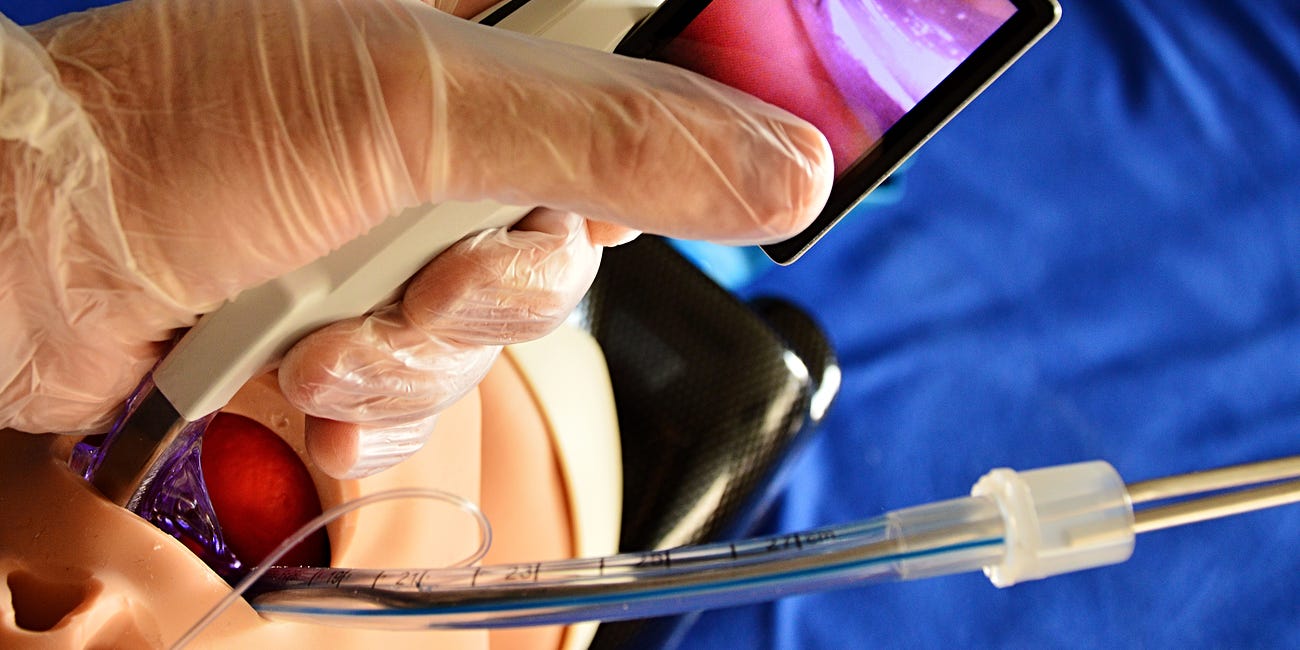The Latest in Critical Care, 7/3/23 (Issue #7)
Ischemic-reperfusion injury after cardiac arrest can lead to multi-organ failure and worsened cerebral anoxic injury. In observational studies and a phase 2 randomized trial, mild hypercapnia was associated with improved outc…
Keep reading with a 7-day free trial
Subscribe to PulmCCM to keep reading this post and get 7 days of free access to the full post archives.




